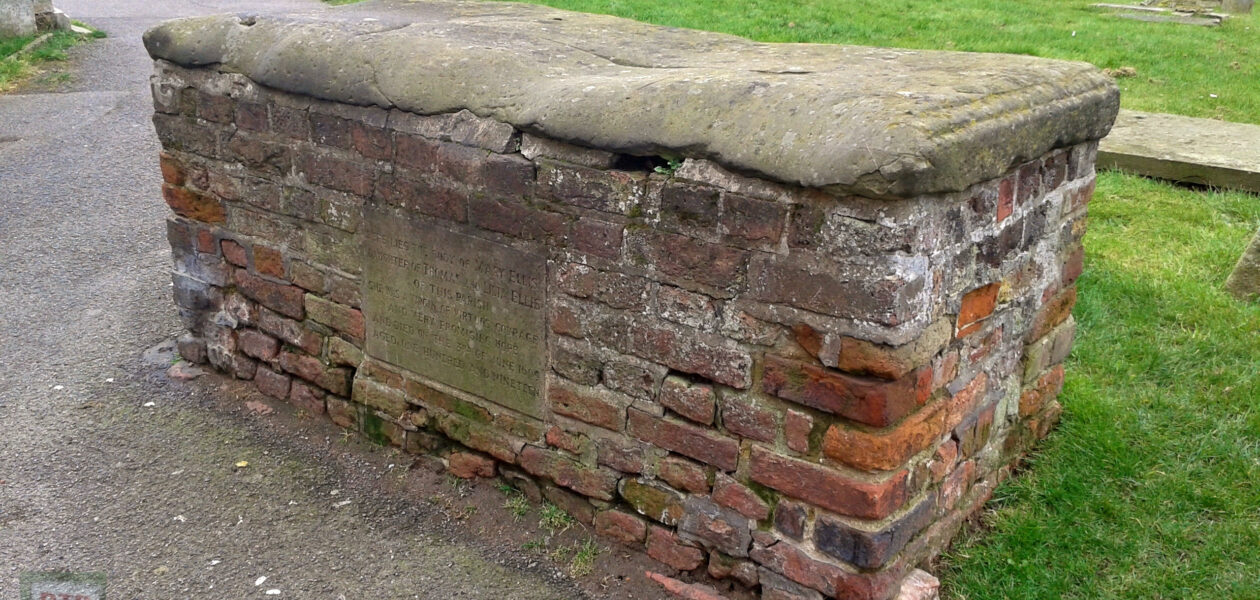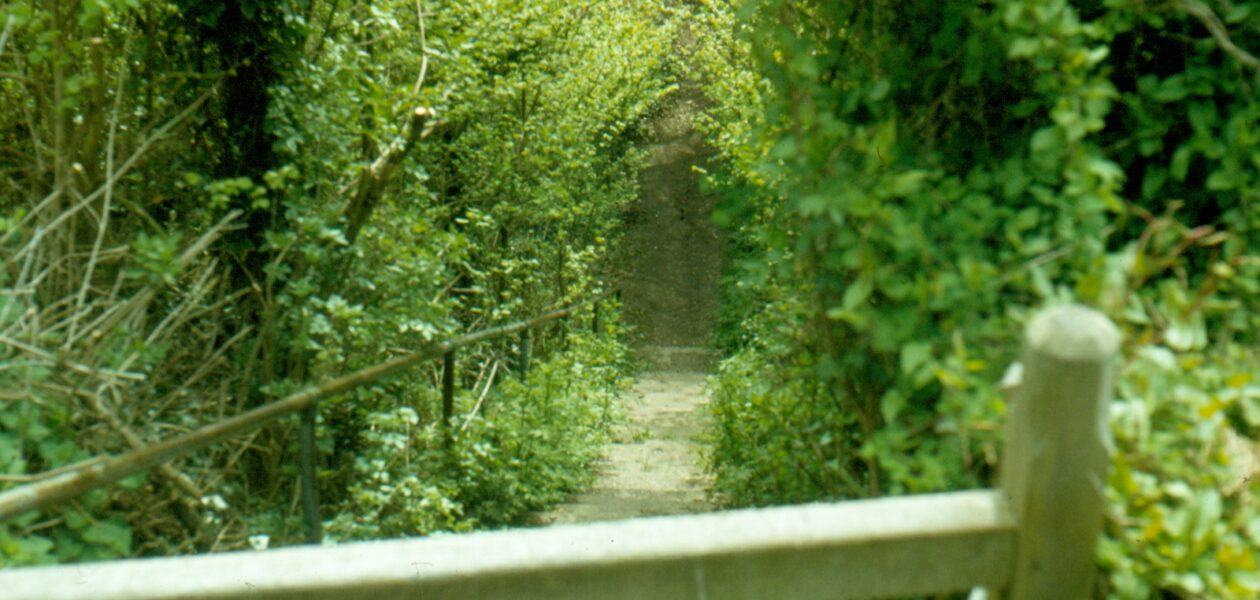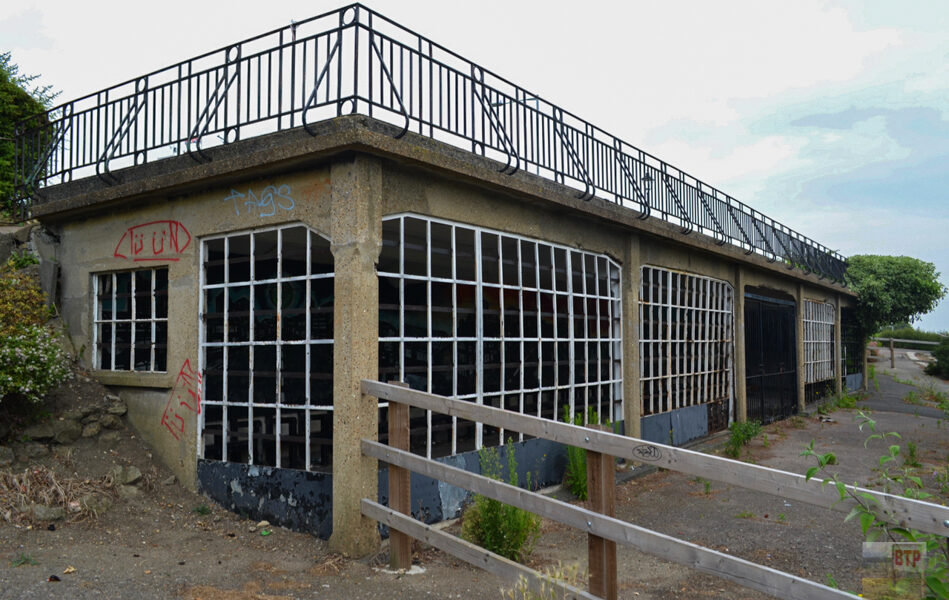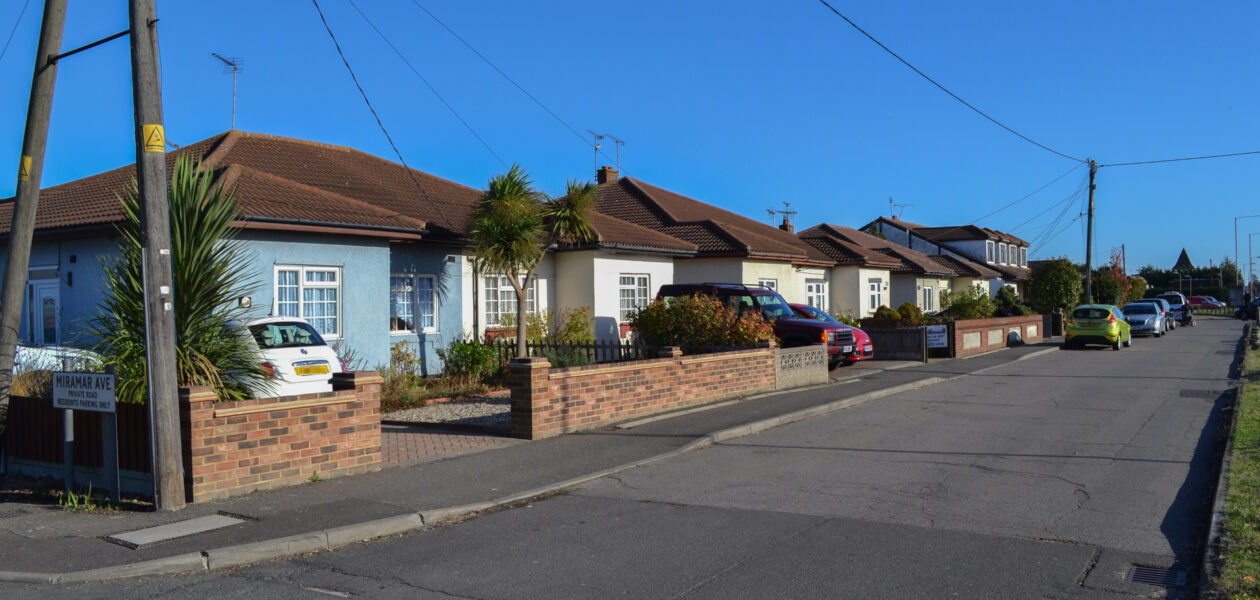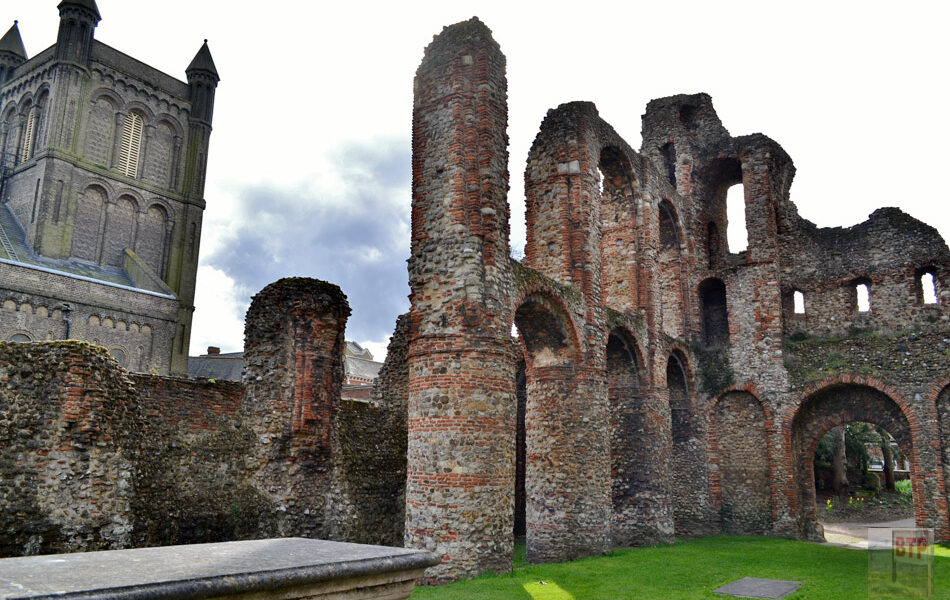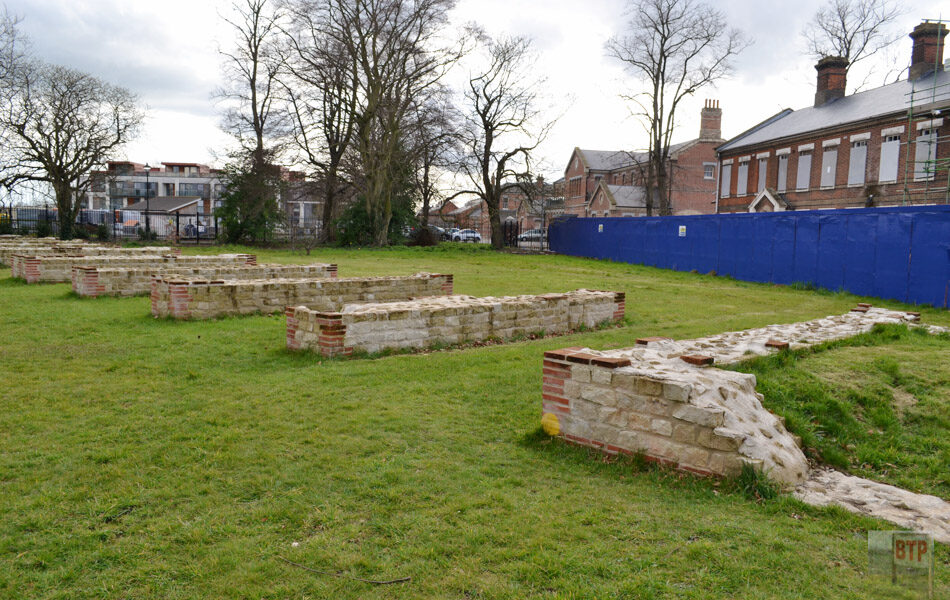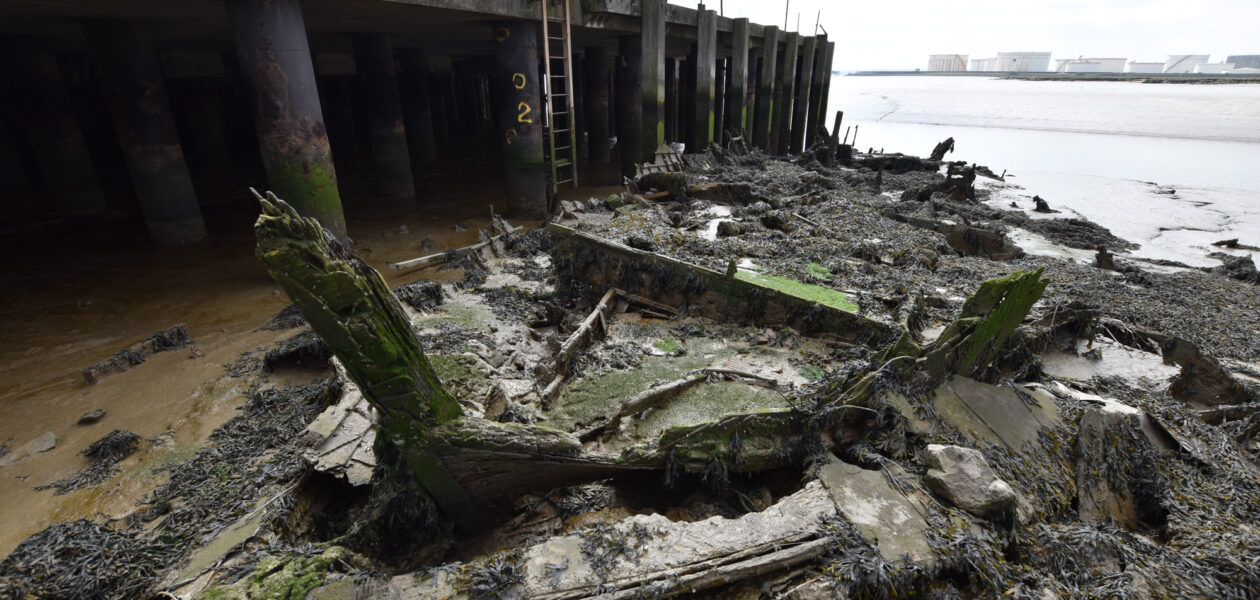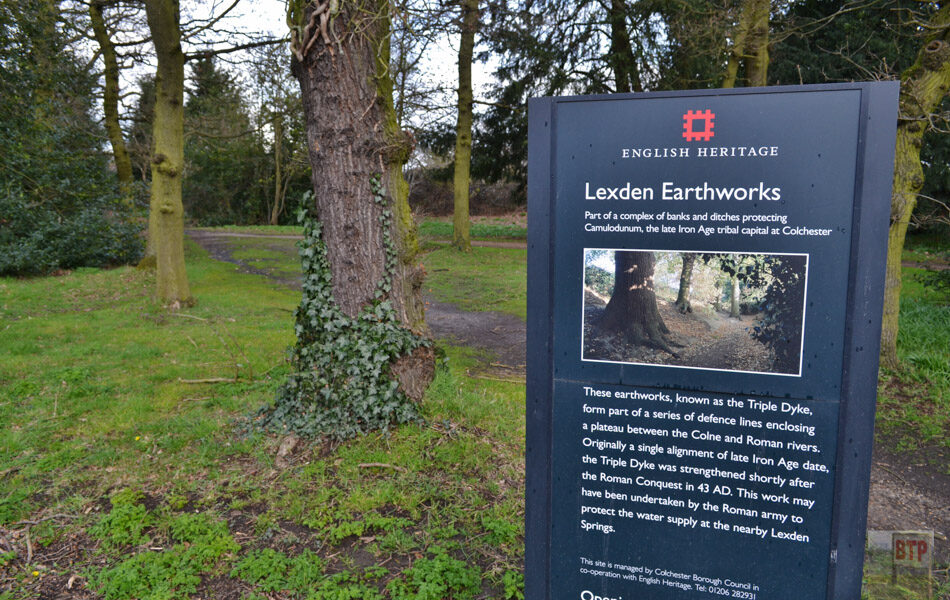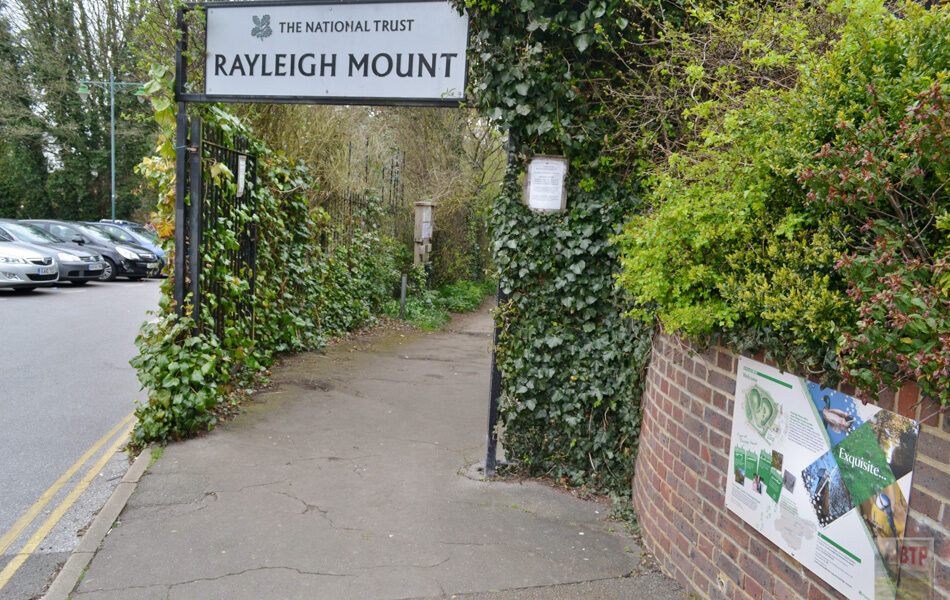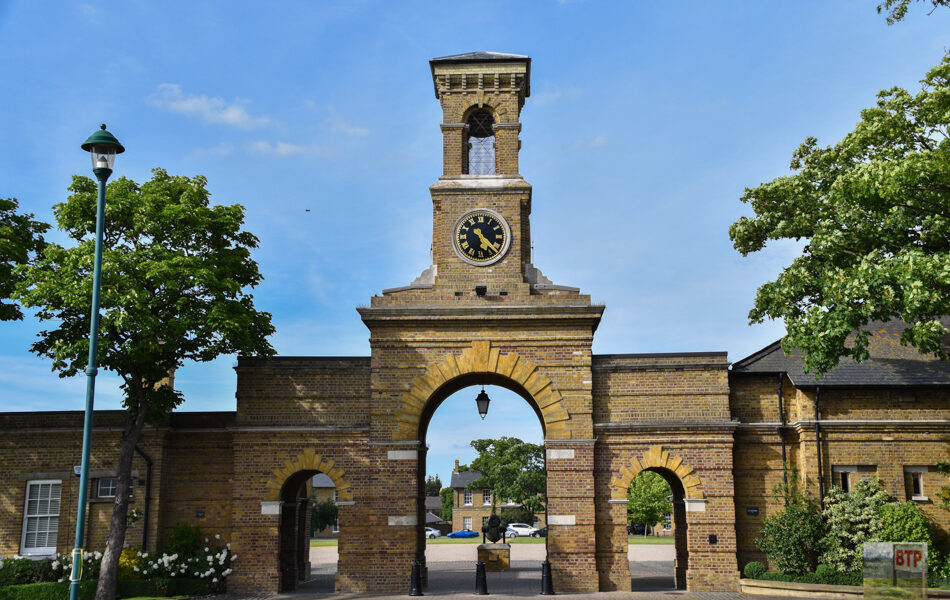St. Celement’s Church & The Cutlass Stone
Located on a vantage point ontop of Leigh Hill, and adjacent to an old wide path for travelling up and down the hill, St. Celement’s Church stands proud on the horizon and can be seen for miles around. The tower is 80ft high and the current church was built around 1500 with Victorian and Edwardian…
View More
